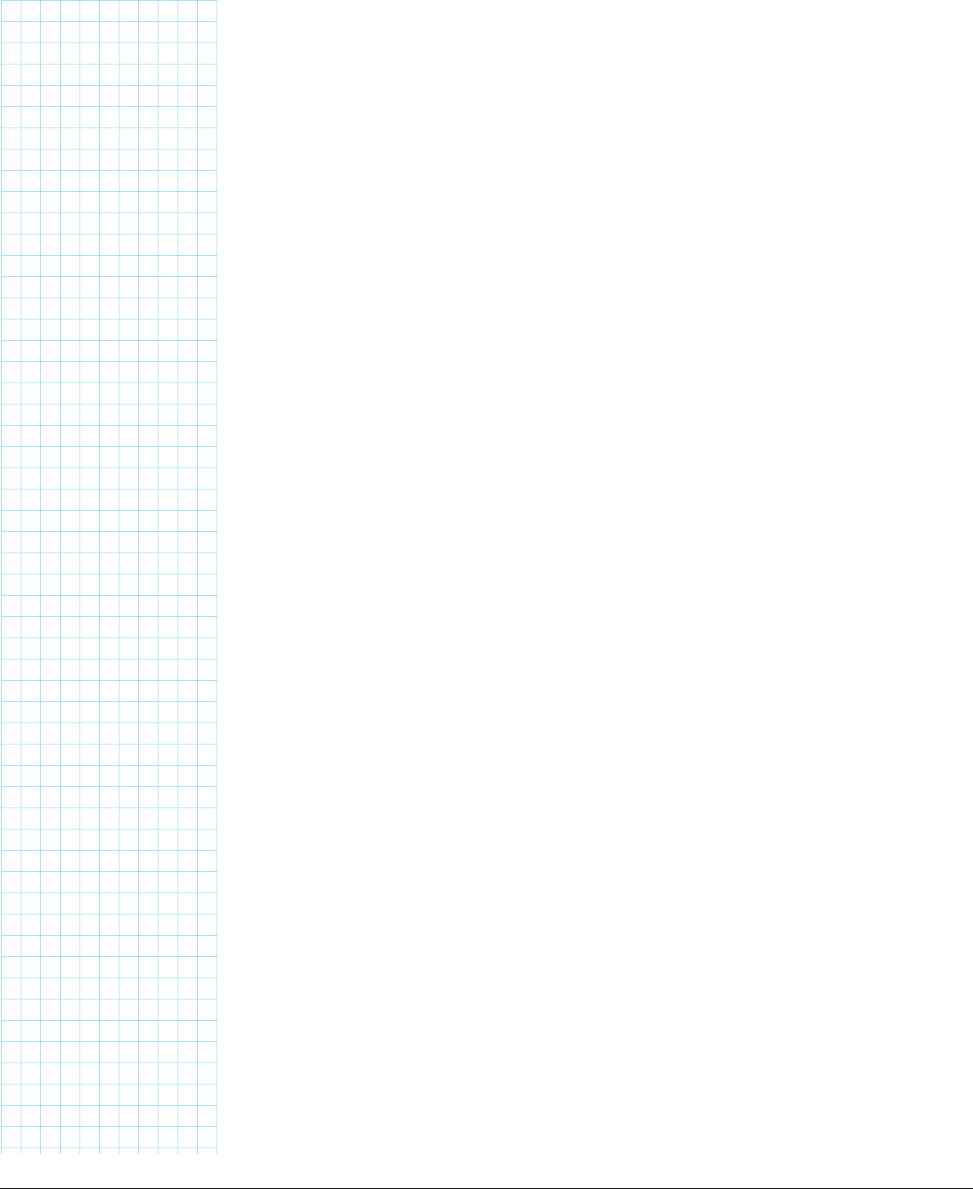
SUMMARY AND LEARNING MORE
In this chapter, we learned the basics of OpenSCAD. We also saw where to
download the models for this book on Github and how to open those models
in OpenSCAD. We also covered a bit about 3D printers and materials.
If you want to know more about OpenSCAD, as we have noted in the chapter
there is a very good manual at openscad.org. There are also tutorial videos
linked on the website. We are particularly partial to the “cheat sheet” that
lists examples of all the different OpenSCAD features on one page. You
should be able to do the projects we describe in this book purely by making
small (or no) changes to models we have built already and put in the
repository. However, to go further some coding knowledge would be helpful,
and we suggest you find some tutorial videos about the C programming
language. Tinkercad also has tutorials linked on its site, if you want to
experiment with it as well.
In the next chapter, we will go into more features of OpenSCAD (and a little
bit about Tinkercad alternatives for some activities). In particular, we will see
how OpenSCAD can be used as a geometry simulator, trying out geometrical
concepts by changing a line or two in a model.
28 Chapter 2: OpenSCAD and Math Modeling Make: Geometry 29
Geometry_Chapter10_v15.indd 28Geometry_Chapter10_v15.indd 28 6/23/2021 9:08:37 AM6/23/2021 9:08:37 AM

28 Chapter 2: OpenSCAD and Math Modeling Make: Geometry 29
Geometry_Chapter10_v15.indd 29Geometry_Chapter10_v15.indd 29 6/23/2021 9:08:38 AM6/23/2021 9:08:38 AM
..................Content has been hidden....................
You can't read the all page of ebook, please click here login for view all page.
